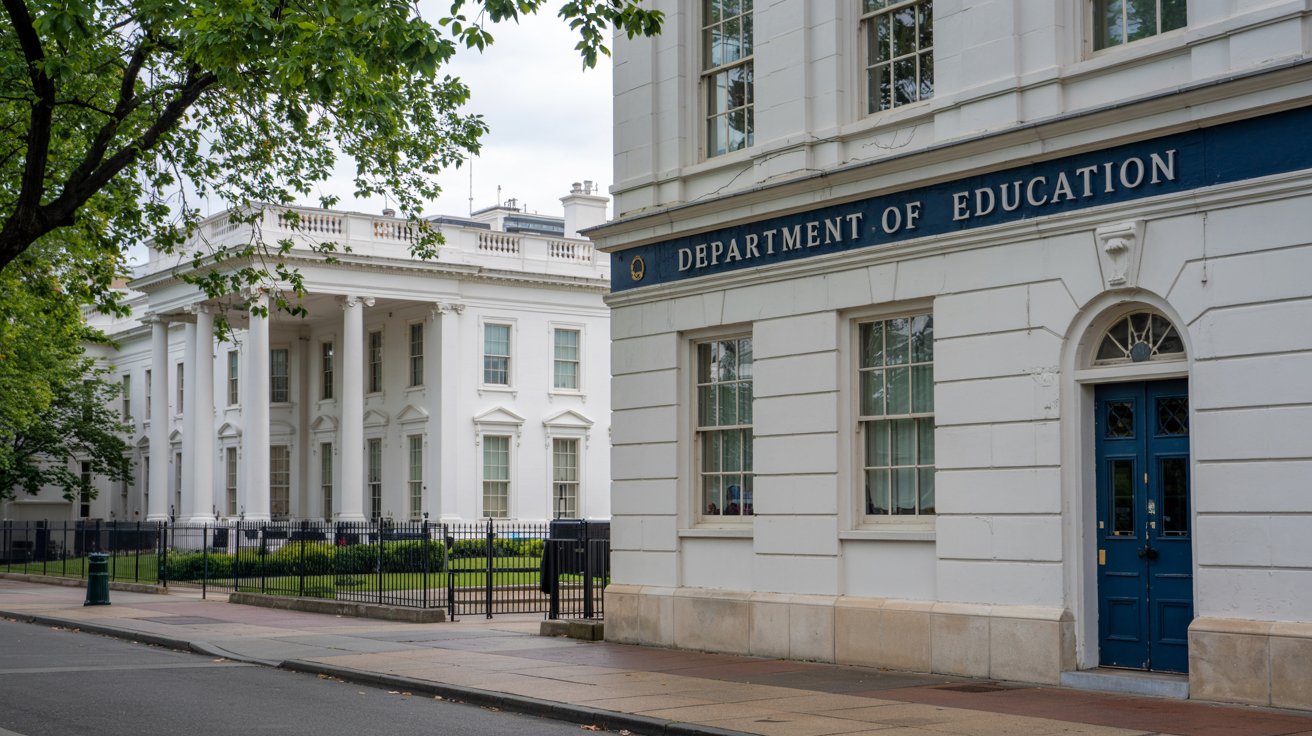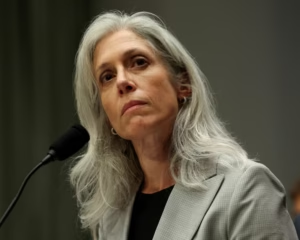President Donald Trump has decided against signing an executive order to dissolve the Department of Education today, according to multiple sources. This decision comes amid growing concerns about the potential impact of such an order on federal education programs and funding allocations.
Understanding Trump’s Decision
Many had anticipated that Trump would move forward with his long-discussed plan to reduce federal oversight in education. However, sources from within the White House confirmed that the executive order will not be signed today. The administration is taking a more measured approach, ensuring that any proposed changes align with legal frameworks and political feasibility.
This decision is significant as it affects millions of students, educators, and educational institutions across the country. A senior White House aide emphasized, “Education remains a top priority, but we must consider the broader implications before making structural changes.”
What Would the Executive Order Have Changed?
Had the executive order been signed, it would have set in motion the gradual dissolution of the Department of Education. This would mean:
| Potential Change | Impact on Education System |
|---|---|
| Shifting education control to states | States would gain more authority over curriculum and funding allocation. |
| Cutting federal education programs | Programs like Title I funding and Pell Grants could face restructuring or elimination. |
| Reducing federal student aid oversight | Student loan management and protections could shift to state-level regulations. |
The implications of these changes could be significant, particularly for low-income students and underfunded schools that rely heavily on federal assistance.
How Federal Education Programs Would Be Affected
The Department of Education currently oversees several critical programs designed to support students from diverse backgrounds. If the department were dissolved, these programs might either be eliminated or transferred to state governments, creating uncertainty.
Key federal education programs at risk:
- Title I Funding: Supports schools in low-income areas.
- Special Education Grants (IDEA): Provides resources for students with disabilities.
- Federal Student Loans & Grants: Includes Pell Grants, Direct Loans, and other financial aid programs.
- School Nutrition Programs: Helps provide free or reduced-cost meals to eligible students.
According to a 2023 National Education Association (NEA) report, nearly 29 million students benefit from these programs. Any disruption could lead to increased financial strain on school districts and families.
The Political and Legal Roadblocks
Even though some conservative lawmakers support decentralizing education, dissolving the Department of Education requires congressional approval. Given the current political landscape, achieving this goal remains challenging. Key factors include:
- Bipartisan Opposition: Both Democratic and some Republican lawmakers oppose abrupt changes that could disrupt the education system.
- Legal Challenges: Lawsuits from education groups, parents, and states could stall any executive action.
- Public Backlash: Polls show that most Americans support some level of federal involvement in education.
Political analysts believe this decision could impact Trump’s approval ratings, especially in suburban communities where education policies influence voter decisions.
What Happens Next?
Although Trump has chosen not to sign the executive order today, the possibility of future action remains. The White House may explore alternative methods to shift education control to states without dismantling the Department of Education entirely.
State governors, educational leaders, and policy experts continue to monitor developments. Moving forward, any significant change will likely involve extensive negotiations and legislative processes.
Conclusion: The Future of Federal Education Policy
While the executive order to dissolve the Department of Education is not being signed today, the discussion remains active. The potential effects on federal education programs, student funding, and political landscapes continue to shape the debate.
Future changes to education policy will depend on political negotiations, legal considerations, and public opinion. For students, educators, and parents, staying informed about these discussions is crucial as they shape the future of education in the United States.





